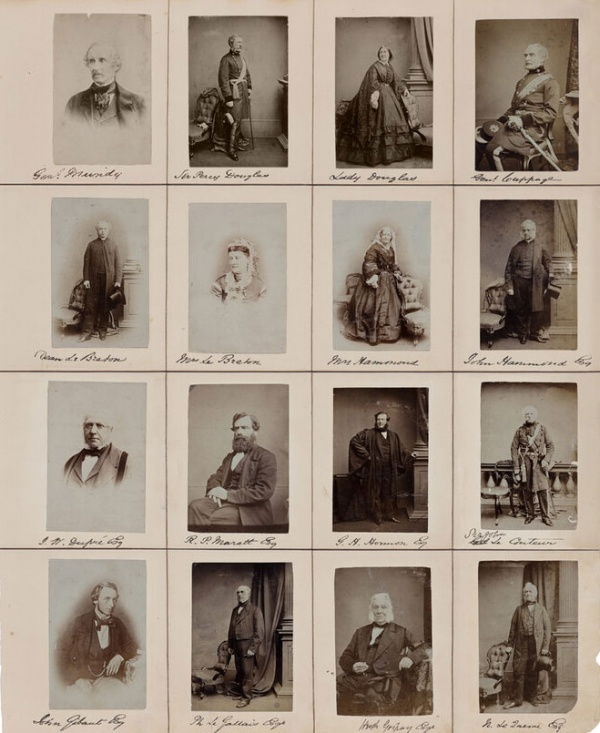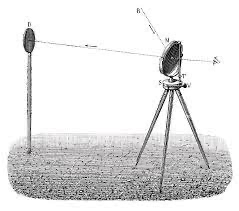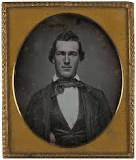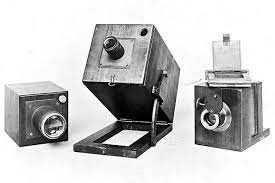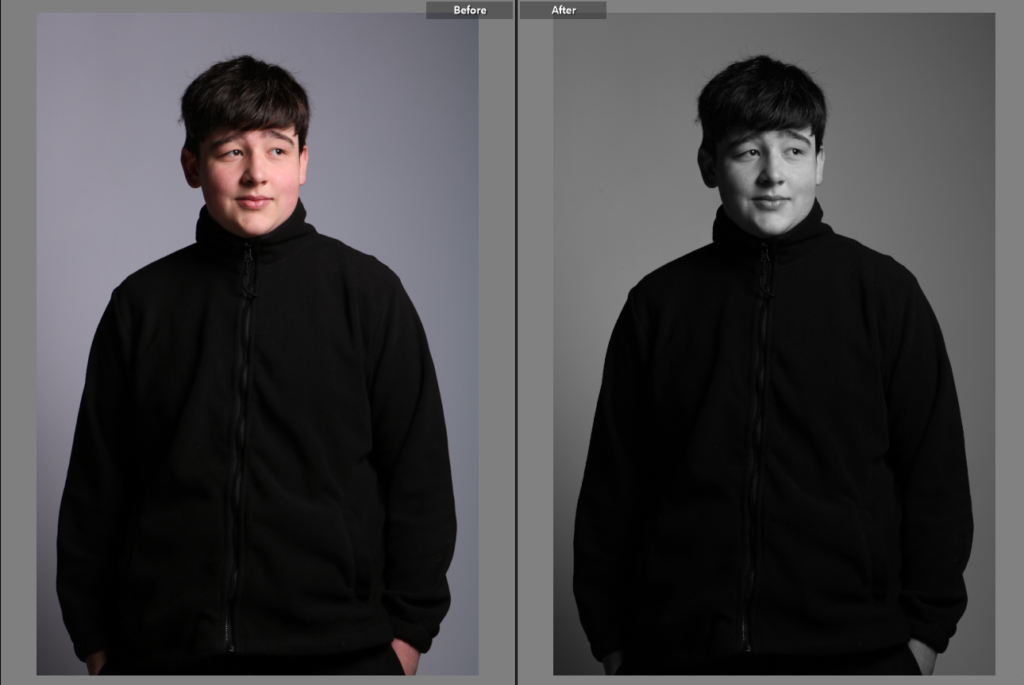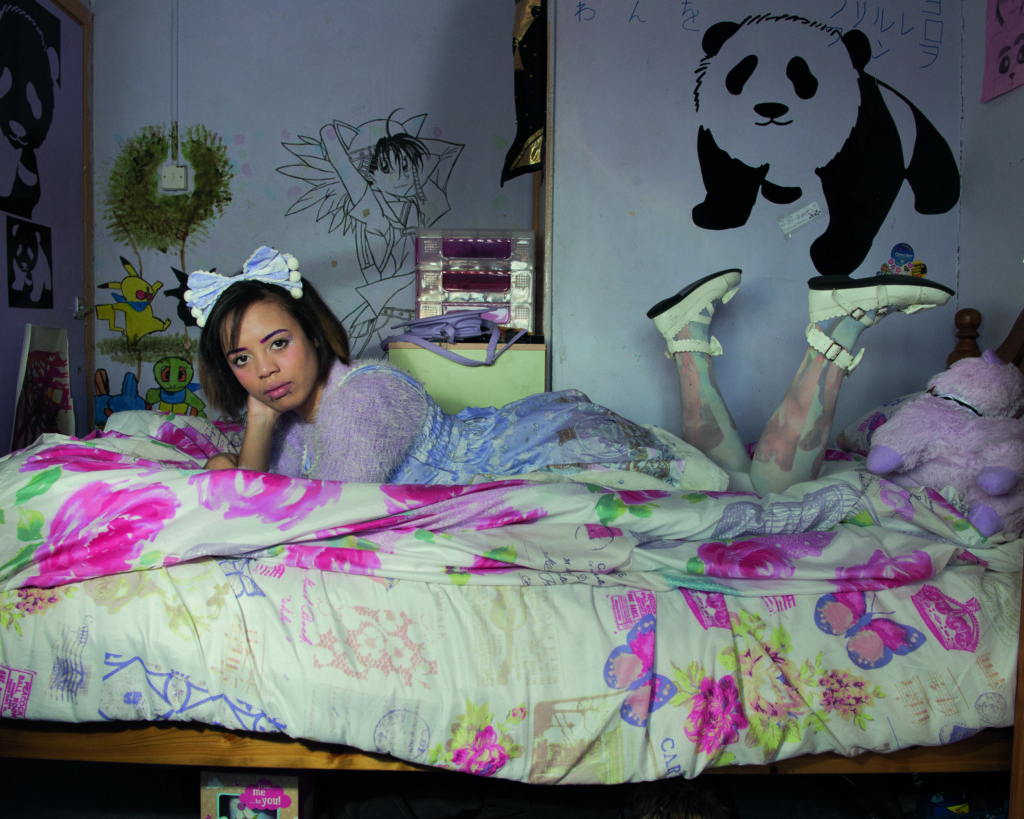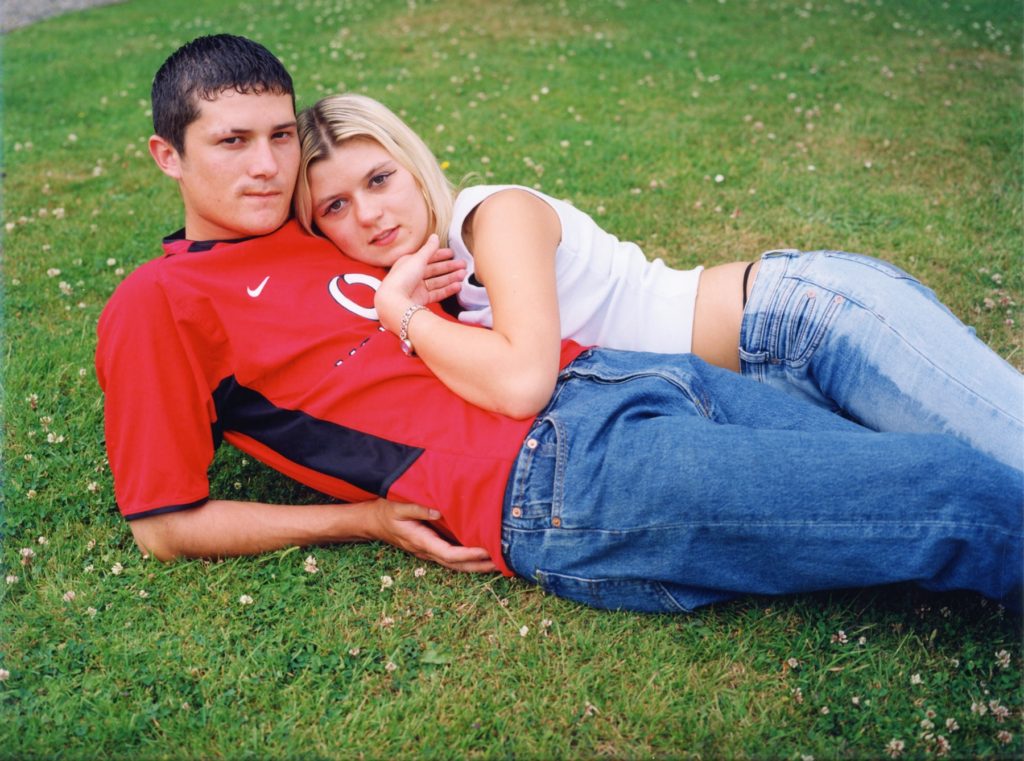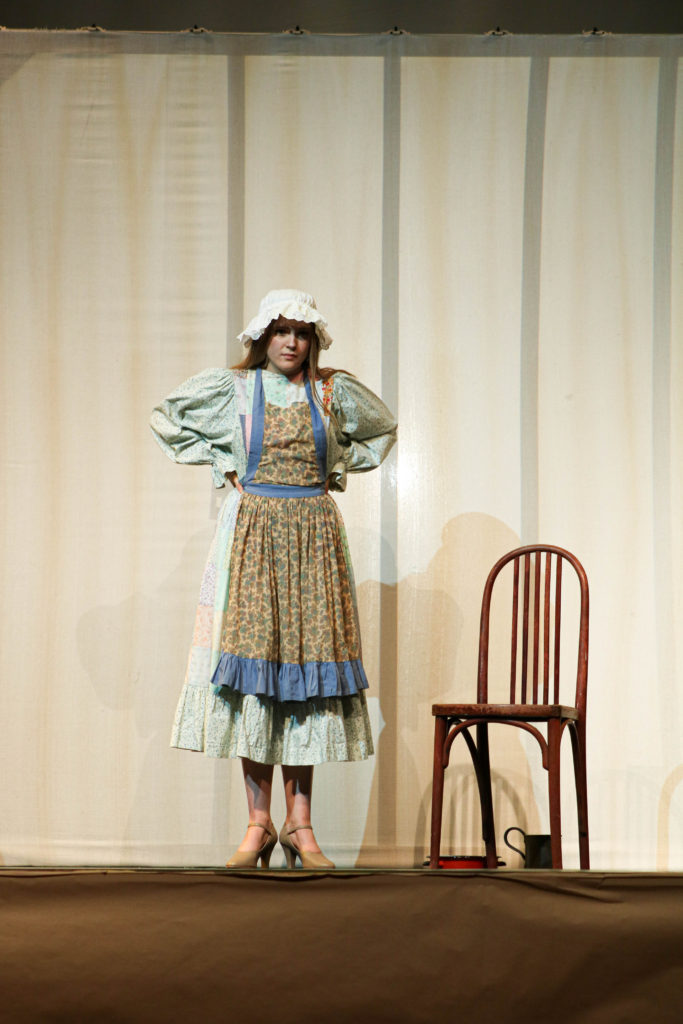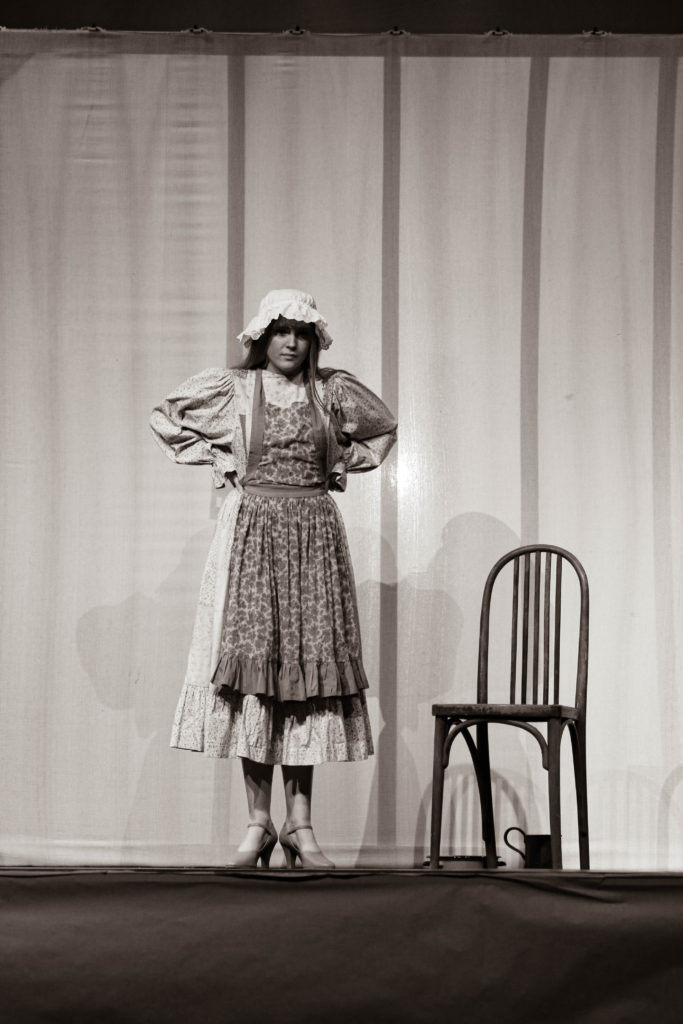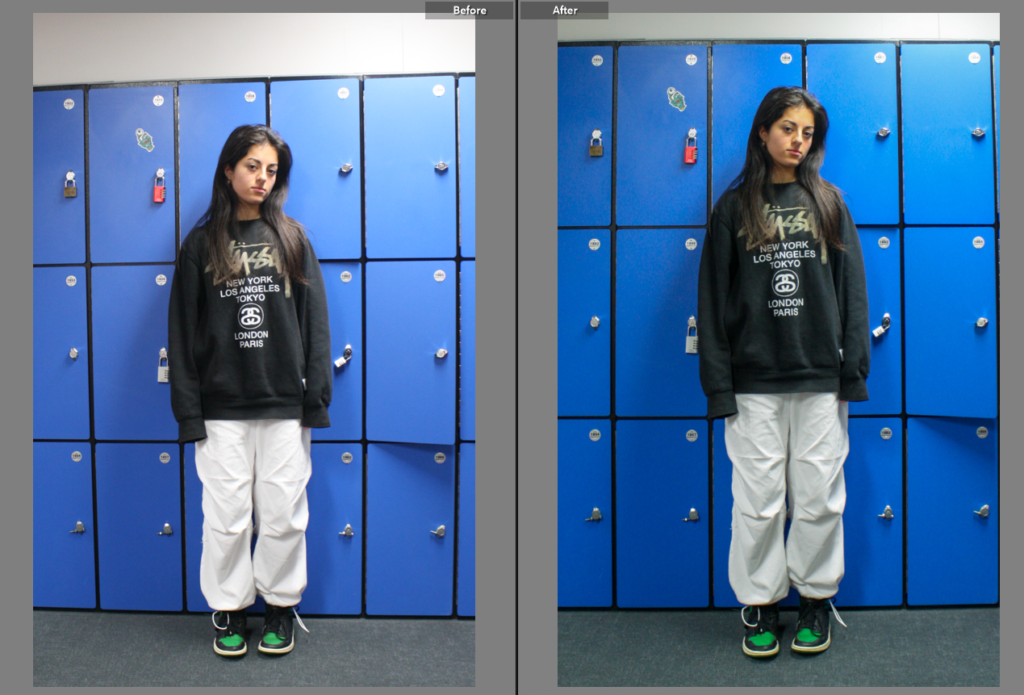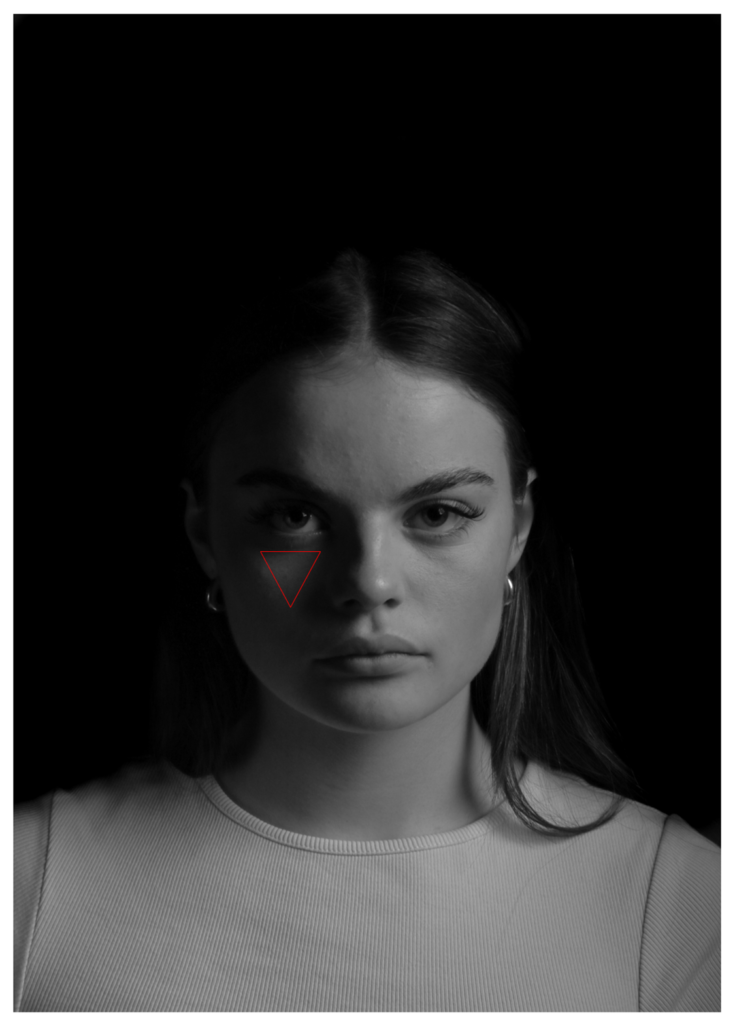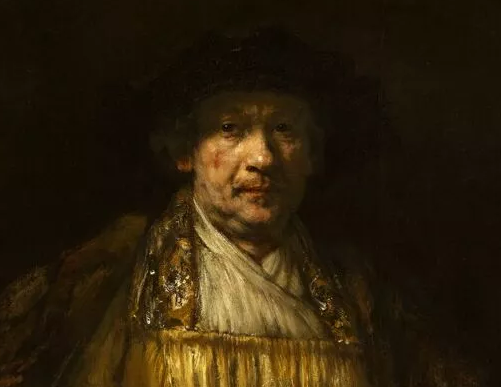Essay:
Introduction
Photography has been an extremely important aspect of our everyday life for many decades, being used as a tool for science, exploration of our world and self- expression. It has revolutionised the communication between people, creating an insight to different cultures and others’ opinions, thoughts and ideas. Since the beginning, techniques and ways of capturing photographs have been developed- some of which are still used today. The word ‘photography’ has a literal meaning of ‘drawing with light’, which was supposedly though of by a British scientist named Sir John Herschel (in 1839). The word is derived from Greek words ‘phos’ meaning ‘light’ and ‘graphê’ which means ‘drawing’ or ‘writing’.
Camera Obscura & Pinhole Photography
It has been estimated that camera obscuras date back to 400BC, when the first written account was recorded in that year, provided by a Chinese philosopher named Mo- tzu. There are many theories, however, that imply that it was discovered before this, yet was simply not recorded. But what actually is a camera obscura? A camera obscura is commonly described as a dark room (created with the use of dark cloth or any other flexible material covering any natural light sources) with a small opening allowing light to flood in, developing a upside down projection of the scenery outside opposite the hole after a few minutes. Moreover, the name ‘camera obscura’ is the Latin term for ‘dark chamber’, a perfect name for what it refers to.

Many to this day try to recreate the amazing experience of the camera obscura, one of which is Abelardo Morell, a Cuban photographer (born in 1948) who is known for renting out apartments/ rooms and transforming them into camera obscuras. He then photographs the breath-taking results which has resulted in him being a world- known photographer. The camera obscura or pinhole image is seen as a natural optical phenomenon.


Ibn al-Haytham (an Arab physicist) is seen as the inventor of the pinhole camera, even uncovering the explanation for why the photo or projection appears upside down (it is because light travels in a straight line and therefore the light from the top of the object after passing through the pinhole reaches the bottom of the camera screen and light from the bottom of the object passing through the pinhole reaches the top of the screen). Moreover, he is referred to as “the father of modern optics”, since he made significant contributions to the principles of optics and visual perception. Furthermore, the pinhole camera is a simple camera without a lens (but with a tiny aperture, the pinhole, instead) and was created to make it simpler to recreate the camera obscura effect on a smaller scale.

Despite using the most basic concepts of the camera, pinhole photography is still a popular technique attempted by photographers. The photos are captured on film, and it is important to note that the distance between the pinhole and film determines the angle of view. It is a great way of being introduced to analogue photography as it reduces it to its most basic elements. As there is no viewfinder, you are unable to know what you have captured until you develop the film, this aspect creating it a to an enjoyable and exciting experience.

Nicephore Nièpce & Heliography
Nicephore Nièpce (1765- 1833) was a French inventor. He is usually described as the inventor of photography, due to his development of heliography, developing his first heliograph in 1822. He used this technique to create what is known as the first permanent photograph ever, using a primitive camera to capture the image in 1826 or 1827. When describing his invention, Nièpce said: ‘The discovery I have made and which I call Heliography, consists in reproducing spontaneously, by the action of light, with gradations of tints from black to white, the images received in the camera obscura’.

It is the process of engraving a photo onto a material and is another word derived from Greek words ‘helios’ meaning ‘sun’ and ‘graphein’ translating to ‘writing’. There is a very specific process for heliography, which Niepce developed after many experiments with different reactants.
The process of Heliography:
- The naturally occurring asphalt bitumen, is applied as a coating on glass or metal
- This chemical then hardens in relation to the light exposure available
- The plate is then washed with oil of lavender
- After washing with oil, the only area remaining would be the hardened area where the image formed.
Louis Daguerre & Daguerreotype
Louis-Jacques-Mandé Daguerre (1787-1851) was a French artist and photographer, who became known as one of the founding fathers of photography after developing the daguerreotype process. In 1829, Daguerre partnered with Nièpce. After his partners sudden death (1833), Daguerre continued to experiment, and eventually evolved the process which would eventually be known as the daguerreotype. There is a famous quote by Daguerre that gives us an insight on how he viewed his discovery, it being: ‘I have seized the light, I have arrested its flight‘. This proves how aware he was of the science behind his invention, knowing it was all down to light.

He went public with his invention in 1839 and at a joint meeting of two academies the invention was announced and described in general terms, but all specific details were withheld. Soon after, news of the development of the daguerreotype quickly spread, leading to it to be called in Daguerre’s name.
The daguerreotype is a direct-positive process, creating a highly detailed image on a sheet of copper plated with a thin coat of silver without the use of a negative. The process proved to be very specific and had to be carefully done. Firstly, the silver-plated copper plate had to be cleaned and polished until the surface looked like a mirror. Next, the plate was sensitized in a closed box over iodine until it took on a yellow-rose appearance. The plate, held in a lightproof holder, was then transferred to the camera. After exposure to light, the plate was developed over hot mercury until an image appeared. To fix the image, the plate was immersed in a solution of sodium thiosulfate or salt and then toned with gold chloride.

It is believed to be the earliest known photograph of a person. The image shows a busy street, but because the exposure had to continue for four to five minutes the moving traffic is not visible. At the lower right, however, a man appears to be having his boots polished, and both him and the man polishing his boots were motionless enough for them to be captured.
Henry Fox Talbot & Calotype
William Henry Fox Talbot (1800-1877) was an English scientist, inventor, and photography pioneer who invented the calotype process. Shortly after Daguerre’s invention of the daguerreotype was announced 1839, without details, Talbot asserted priority of an invention based on experiments he had begun in early 1834. He introduced the calotype in 1841, using paper coated with silver chloride. A famous quote by him shows how he knew more could be done to develop photography, and how calotypes were simply another step in this process, the quote being: ‘I do not claim to have perfected an art but to have commenced one, the limits of which it is not possible at present exactly to ascertain’.

The paper dipped in the chemical was exposed to light in a camera obscura and the areas hit by the light became dark in tone, creating a negative image. The developing process permitted much shorter exposure times in the camera than the previous techniques, down from one hour to one minute. The developed image on the paper was fixed with sodium hyposulfite. The “negative,” as Talbot called it, could produce any number of positive images by simple contact printing upon another piece of sensitized paper.
Robert Cornelius & Self-Portraiture
Robert Cornelius (1809-1893) was an America photographer. He is known for taking the first self- portrait (a daguerreotype) and for developing the photographic plate that he used to take the first photograph in America. With the help of the chemist Paul Goddard, he attempted to perfect the daguerreotype technique and when he was 30 years old, he took the famous photograph of himself. In 2014, it was considered as being the first photographic self- portrait ever produced, even being described as the first ‘selfie’.

This daguerreotype produced an off- centre image of the photographer, depicting him with crossed arms, dishevelled hair and a neutral expression. Cornelius took this image in front of his family’s gas lighting business. To this day, this portrait is seen as one of the most important photographs ever taken. Cornelius created a makeshift camera with the use of an opera glass made into the lens, allowing him to create this daguerreotype. Taking this simple picture was a much more complex task than it would be in the present day, as the lighting had to be perfect and he had to stay motionless and look into the lens for around 15 minutes, due to the incredibly slow shutter speed of the camera. The photographer went on to create many more daguerreotypes, mostly capturing his hometown.

Julia Margeret Cameron & Pictorialism
Julia Margaret Cameron (1815- 1879) was a British photographer who is considered one of the most important portraitists of the 19th century. She is known for her close- up portrait photographs of both men and women, portraying them as characters from mythology, Christianity and literature. Her portraits illustrated the people as sensitive and full of innocence, quite a different approach than most portrait photographers took during that time (as most attempted to present their models as intelligent in a very formal manner). Being an upper-class woman, she mostly photographed fellow upper-class citizens, creating around 900 photographs in her short 12-year-old career.

One of her most famous photographs, showing a delicate young women surrounded in plants. Despite taking up photography quite late in her life (at the age of 48), she still managed to create some beautiful and unique photos, causing people to believe she was a naturally- talented photographer. Her first camera was a gift from her daughter and son in law, and in response to the gift, Cameron said “From the first moment I handled my lens with a tender ardour, and it has become to me as a living thing.” Even now, many photographers see her as an inspiration for their work, and even critics cannot deny the sheer lusciousness and uniqueness of her photographs.
Henry Mullins & Carte-de-Visite
Henry Mullins started working in London in the 1840s and moved to Jersey in July 1848, setting up a studio known as the Royal Saloon, at 7 Royal Square. Many Jersey folk paid half a guinea to get their photograph taken by the photographer, and Mullins described them as more open minded than the people in London. He was the first professional daguerreotype photographer to come to Jersey and create a portraiture business.

He specialised in creating ‘cartes de visite’, which are small photographs which were patented in Paris by photographer André Adolphe Eugène Disdéri in 1854. They didn’t gain worldwide use until 1859 but when they did, the invention was so popular that its usage became known as “cardomania” and spread quickly throughout Europe and then to America and the rest of the world. During his career, it has been estimated that Mullins made 9600 of these photos of different people around the island, some even being very influential people.

Clarence Philip Ouless
Clarence Philip Ouless became one of the most popular commercial photographers in Jersey in the late 1800s, working from premises in New Street, a very popular location in St Helier for Victorian photographers. In 1883 he bought the negative collection of the late Henry Mullins, and many of these passed, along with his own photographs, to La Société Jersiaise‘s Photographic Archive in 2006.

He created daguerreotype photos of different people, mostly upper- class, presenting them in a formal way. This photograph shows a man in formal attire, looking away from the camera lens, creating a sense of mystery yet full of intelligence.
word count: 1,824
Bibliography:
Camera Obscura & World of Illusions (2020), What is a Camera Obscura. Camera Obscura: https://www.camera-obscura.co.uk/article/what-is-a-camera-obscura
Wikipedia (last edited on- 2023), Pinhole Camera. en.wikipedia.org: https://en.wikipedia.org/wiki/Pinhole_camera
Parallax Photographic Coop (2018), Guide to Pinhole Photography. parallaxphotographic.coop: https://parallaxphotographic.coop/beginners-guide-to-pinhole-photography/
Bedi.K (2019), Heliography. Photoion: https://www.photoion.co.uk/blog/encyclopaedia/heliography/#:~:text=Heliography%20is%20a%20photographic%20process,taken%20from%20a%20nature%20scene
Wikipedia (last edited in 2022), Heliography. en.wikipedia.org: https://en.wikipedia.org/wiki/Heliography
Library of Congress (2020), The Daguerreotype Medium. loc.gov: https://www.loc.gov/collections/daguerreotypes/articles-and-essays/the-daguerreotype-medium/#:~:text=revived%20the%20process.-,The%20Process,surface%20looked%20like%20a%20mirror
Augustyn. A (2017), Calotype. brittanica.com: https://www.britannica.com/technology/calotype
Wikipedia (last edited on- 2021), Robert Cornelius. en.wikipedia.org: https://en.wikipedia.org/wiki/Robert_Cornelius
Maloney.W (2022), Robert Cornelius and the First Selfie. loc.gov: Robert Cornelius and the First Selfie | Timeless (loc.gov)
Rosenburg. K (2014), Ardent Victorian at the Lens. nytimes.com: ‘Julia Margaret Cameron,’ at the Metropolitan Museum of Art – The New York Times (nytimes.com)
Jerripedia (last edited in 2022), Henry Mullins. theislandwiki.org: Henry Mullins – Jerripedia (theislandwiki.org)
Wikipedia (last edited on- 2019), Carte de Visite. en.wikipedia.org: Carte de visite – Wikipedia
Jerripedia (last edited in 2022), Clarence Philip Ouless. theislandwiki.org: https://www.theislandwiki.org/index.php/Clarence_Philip_Ouless







